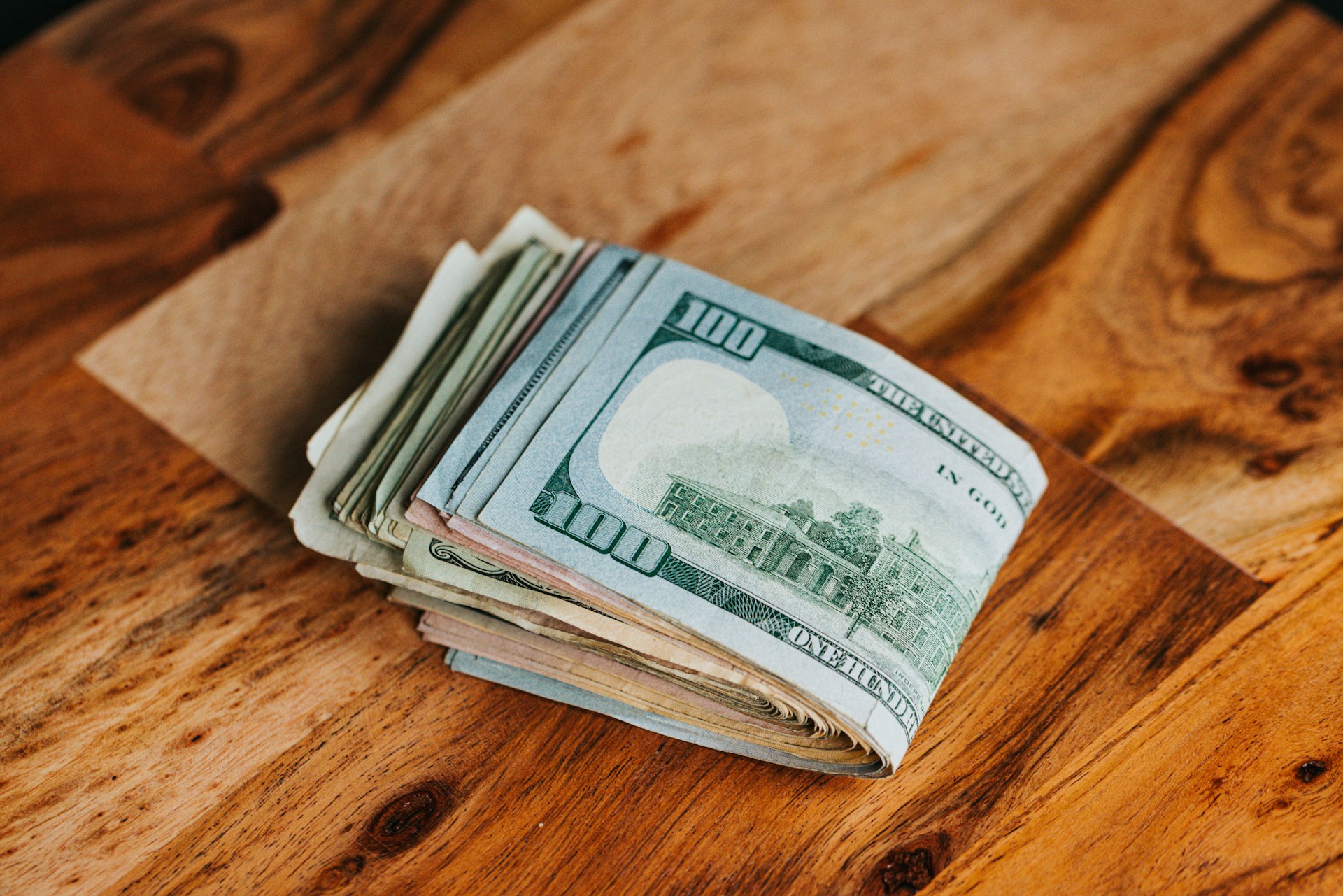You’re feeling good. Your bestselling product is well-protected by patents, and your business is sailing along. But something keeps bothering you — maybe that email from the U.S. Patent & Trademark Office? Oh, well, how important could it be?
Don’t screw up and lose that patent by forgetting to pay the U.S. patent maintenance fees!
What Are Patent Maintenance Fees?
U.S. patent maintenance fees are mandatory payments you must make to keep your utility patent active.
On a strict schedule, you’re required to pay the United States Patent and Trademark Office (USPTO) fees to keep your utility patent in force. Put these dates on your calendar (in permanent ink)!
Here’s the timetable:
- 3.5 years after your utility patent is granted,
- 7.5 years after your utility patent is granted, and
- 11.5 years after your patent is granted,
you must make payments to keep your patent going. Missing a payment means your patent will lapse, and your competitors will have a free shot at using your invention.
How Much Are Patent Maintenance Fees?
The exact cost of U.S. patent maintenance fees varies depending on the type of applicant—small entity, micro entity, or large entity—and which year maintenance fee you are paying, because the older the patent, and the bigger the company, the higher the fee.
As of now, a large entity (or a business that has more than 500 employees) pays:
- $2,000 at the 3.5-year mark
- $3,760 at the 7.5-year mark and
- $7,700 at the 11.5-year mark.
Small entities (or businesses that have fewer than 500 employees, or are a university) receive a 50% discount, so they pay:
- $1,000 at the 3.5-year mark
- $1,880 at the 7.5-year mark and
- $3,850 at the 11.5-year mark.
Micro entities ( individuals that have obtained fewer than five patents, and have income below a certain ceiling) get an even deeper discount. These patent owners pay:
- $500,
- $940, and
- $1,925 at the same intervals.
First Takeaway: It’s crucial to verify the current rates on the USPTO’s website because — and you’ve heard this elsewhere, before — patent maintenance fees are subject to change.
Second Takeaway: Plan ahead! You now know that the cost goes up at each stage, so it’s a good idea to think about how to cover these expenses.
What is the Purpose of Patent Maintenance Fees?
Patent maintenance fees play an important role in driving innovation and keeping the patent system effective. By requiring regular payments, the Patent Office encourages patent holders to let go of rights they’re not actively using, giving others the opportunity to build and innovate. In other words, when it costs us something to keep an asset, we think harder about whether the asset is worth the cost.
Criticisms of Patent Maintenance Fees
Patent maintenance fees can be tough on small businesses, startups, and individual inventors who may have a hard time keeping up with the rising costs. Critics of the fees warn that maintenance fees discourage individual and small-business inventors, for whom the proportionate burden of hanging onto their hard-won intellectual property rights is heavier. These critics worry about the need to strike a balance between encouraging innovation and making the patent system fair and accessible for everyone.
Separately, other critics object to the U.S. government’s diversion of fees collected from patent applicants and owners to other agencies and programs despite the need to improve USPTO services.
For decades, the USPTO generated a budget surplus that was simply poured into the general fund. In 2012, legislation changed this. Now, the USPTO budget is (mostly) aligned with the fee revenue it collects, making it essentially self-funding.
But the large fee revenue stream from USPTO applicants and patent owners remains a temptation for administrations and elected officials on both sides of the aisle.
Recently, the current head of the Commerce Department floated the idea of setting maintenance fees based on “total patent value.” In theory, the maintenance fee due would adjust depending on what the patent is worth. But how would be a patent’s value be calculated? Lawyers and courts regularly dispute patent value, and there are many different ways to assess the value of a patent. Whether this proposal will be implemented remains to be seen, but you should know the debates surrounding maintenance fees so that you are not caught unaware.
How to Pay U.S. Utility Patent Maintenance Fees
To pay patent maintenance fees online:
- Go to the official website of the United States Patent and Trademark Office (USPTO) at uspto.gov;
- Navigate to the “Maintenance Fees” section, which can typically be found under the “Patents” tab or by using the search function;
- On the Maintenance Fees page, select the option to access the Maintenance Fee Payment system.
You’ll need to provide your patent number and corresponding application number to proceed. Verify whether the owner of the patent is a “large entity,” a “small entity,” or a “micro entity.” These terms have specific definitions, and you may want to talk to a patent lawyer for help.
Follow the prompts to review your payment options, verify the details, and complete the transaction securely.
Always ensure you pay the correct amount by checking the due date and applicable fee schedule listed on the USPTO’s website.
Don’t Miss the Due Date!
Keeping track of patent maintenance fee deadlines is key to protecting your invention. The window for paying these fees typically opens 6 months before they are due and closes 6 months after the due date (although you’ll have to pay extra for making a late payment).
Missing a deadline could cost you your patent and leave your innovation unprotected and open to public use.
Considering the time and money it takes to get a patent, losing it because of a simple oversight can be costly. That’s why it’s important to have a reliable system to track deadlines is so important.
The USPTO actually offers a patent-maintenance-fee-reminder system to help patent owners stay informed about upcoming deadlines. Their reminders are typically sent via email and provide advance notice of due dates for maintenance fees to keep a patent in force.
Just realize that these USPTO notifications are not guaranteed. Don’t just rely on them! Have a backup system in place and make sure you’ve set multiple reminders. Larger companies that have many patents to track often hire a patent docket & renewal company that specializes in tracking and paying patent maintenance fees. Combining the USPTO notifications with personal tracking methods is a better bet that you won’t forget.
Finally,
What if I Did Miss the Due Date?!?
Last chance . . .
If you unintentionally missed the deadline for paying a patent maintenance fee, there is still a chance to rectify the situation. The USPTO allows patent owners to reinstate a patent by paying the required maintenance fee — along with an additional surcharge for late payment.
This procedure typically involves filing a petition to accept late payment and submitting an explanation (declaration) under penalty of perjury that your delay was unintentional.
If, on the other hand, you deliberately chose not to pay the maintenance fee but change your mind after the deadline passes, you’re out of luck. That’s not what “unintentional” means, and your patent can’t be revived.
If you want to purse patent revival, you must do so ASAP. There are specific time limits for reinstatement, depending on how overdue the payment is.
Furthermore, doublecheck that all necessary documents and fees are submitted accurately to avoid more complications (or an outright denial of the petition). It may be worth it to consult a patent attorney to make sure the process is handled efficiently and to maximize the chances of reinstating your patent rights.
Conclusion
Utility patent ownership requires paying patent maintenance fees to keep the patent in force. Period. When your patent is issued, make sure you put the fee-payment deadlines on a calendar and be mindful about whether the patent is still worthwhile to your business. This conversation, internally and otherwise, will help you efficiently and effectively protect your innovation and the business you’ve built upon it.




